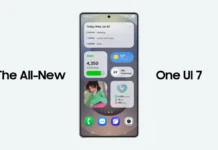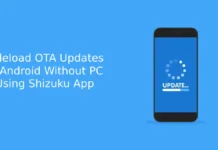Motorola has started rolling out Android 5.0.2 Lollipop update for 2nd Gen Moto G (2014) In India. The new Android 5.0.2 Lollipop brings Material Design user interface as well several improvements both in performance and battery life. You will feel a more fast, fluid and touch responsive Moto G once you installed this update.
If you have not received the OTA notification message for Android 5.0.2 Lollipop update for some reasons, you can manually install the OTA update. The XDA dev. member ravi.avancha has captured official Android 5.0.2 Lollipop OTA for Indian Dual SIM variant of Moto G XT1068. You can install the OTA manually, without losing your device warranty.

Before you get start, please note that this is an official ROM for Moto G XT1068, which was released to Indians during the SOAK testing program.
Warning: Follow the instruction at your own risk. We will not be liable if any damage occurs to your device and/or its components. Recommended for technically talented users only. Also, back any important data before installing the firmware.
How to Manually Install Android 5.0.2 Lollipop OTA Update on Moto G XT 1068
1. Download the OTA update Lollipop Zip file [HERE]
2. Transfer the zip file to your phone’s SD card
3. Now, turn off your phone and boot into stock recovery mode (press and hold Power + Volume Down button few seconds, then use Volume Down to select recovery and use Volume Up to enter Recovery)
4. Choose Apply update from SD card and then select the zip you have copied to your SD card.
Enjoy Android 5.0.2 Lollipop on Your 2nd Gen Moto G2 (source – XDA)



I have the same problem I did a reset but still get the error. What do I have to do?
Can I transfer the .zip file to my internal storage too?
There are several reasons for status 7 error. If you have removed some system apps, Xposed framework installed, custom recovery, etc are some reasons. If you haven’t removed system apps try a factory reset.
I get the status 7 error when i try to flash it. please help me